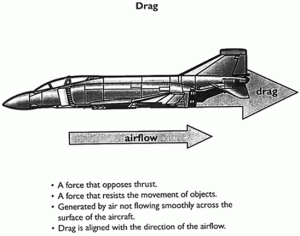Aerodynamics in racing – Part 3
Because a complete racing car is a very complex system, teams of engineers usually evolve the car step by step, developing a particular item and check its effect on the car. Such overall effect can then be calculated with Amdahl’s law: Amdahl’s Law is a law governing the speedup of using parallel processors on a problem, versus using only one serial processor.
Here is the fraction of the system (when this fraction generates 5% of the car’s drag, then is 0.05) that can be improved, is the improvement factor on this fraction (division of the drag in Newtons and the new drag force after improving that element), and is the overall improvement that will be achieved.
After verifying its improvement, the car’s efficiency is determined and then simulated on different tracks to see on where it is useful. That usefulness is always the result of a reduction in drag or an increase in downforce.
Drag is the aerodynamic force that is opposite to the velocity of an object moving through air (or any other fluid). Its size is proportional to the speed differential between the air and the solid object. It is therefore unimportant if either the air is moving around a static object or if the object is moving at a speed through static air.


